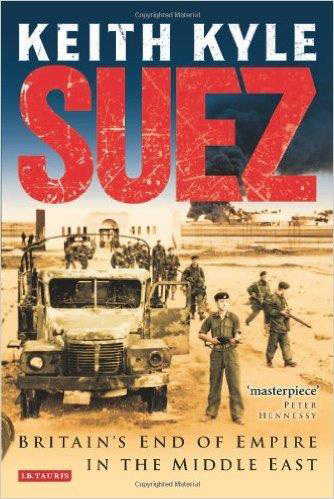For a balanced introduction to LBP, students should begin with the Canadian Encyclopedia:
www.thecanadianencyclopedia.ca/en/article/lester-bowles-pearson
www.thecanadianencyclopedia.ca/en/article/suez-crisis
University students researching Suez could consult professor Michael G. Fry’s ground breaking essay “Canada, the North Atlantic and the U.N.” in SUEZ 1956: The Crisis and Its Consequences. Edited by Wm. Roger Louis and Roger Owen (Clarendon Press 1989), this is still the best concise look at Canada’s role and Pearson’s diplomacy (the same thing) through the summer of 1956 building up to the crisis in November.
For a superb, insightful essay on Pearson’s life, diplomatic career and tenure as Prime Minister, advanced students should read professor John English entry in the Dictionary of Canadian Biography.
![]()
My interview with Peter Robb of the Ottawa Citizen discussing Pearson's legacy. This was shortly after the election of the new Liberal government in October 2015.Pearson's Legacy Worth Remembering, Author Says.

Prof. English has also written the key Pearson biography in two volumes: Shadow of Heaven: The Life of Lester Pearson, Volume One: 1897 – 1948 (Lester & Orpen Dennys, 1989) and The Worldly Years: The Life Of Lester Pearson, Volume Two: 1949-1972 (Alfred A. Knopf, 1992)
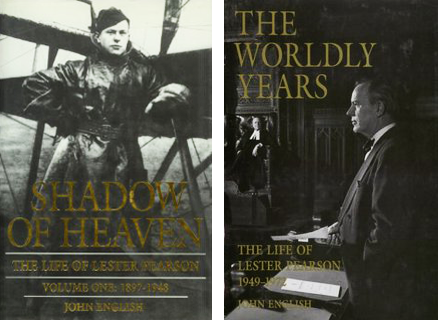
For a pithy and lyrical look at Pearson, see Andrew Cohen’s mini-biography which is part of a Penguin Canada’s series on extraordinary Canadians. 2008.
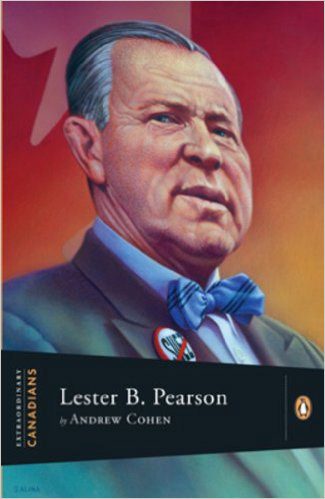
![]()
When Pierre Trudeau died in September 2000, most Canadians, myself included, were moved by a deep sense of loss. But the tributes that followed caused me some chagrin with the, perhaps understandable, lack of historical perspective. After hearing for the umpteenth time that it was Trudeau who put Canada on the map, I felt compelled to write the following op-ed piece for The Toronto Star (November 3, 2000).
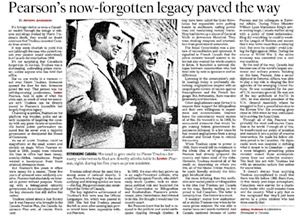
![]()

John Holmes was a senior diplomat at the Department of External Affairs and served at Pearson’s right hand during the Suez Crisis. His essay is one of the most perceptive and thoughtful studies of Pearson’s diplomatic touch. It was published in the International Journal in Spring 2007 and is reproduced with the kind permission of the Canadian International Council. (formerly the Canadian Institute of International Affairs).
www.opencanada.org
![]()
Prof. Michael Carroll has examined the role and effectiveness of Canada’s first peacekeeping mission in his “Pearson's Peacekeepers: Canada and the United Nations Emergency Force, 1956-67” (UBC Press 2009)
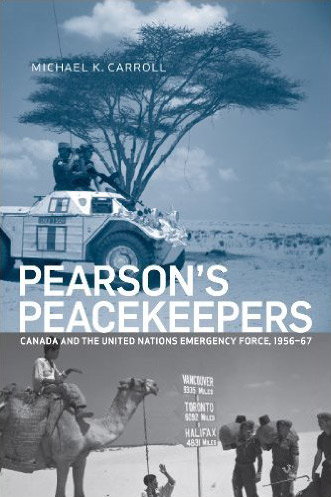
![]()

Pearson’s work during the Suez Crisis is rightly seen as the pinnacle of Canadian diplomacy during our so-called Golden Age of Diplomacy. But did Canada really have such a glittering era? Greg Donaghy is Head of the Historical Section at the Department of Foreign Affairs and International Trade. He has written a provocative essay that challenges a widely held view of Canadian diplomacy during the 1940s and 1950s.
The Historical Section in the Canadian government’s Department of Foreign Affairs and International Trade has produced an excellent web site that posts all the key documents for the crisis. Essential reading for any Suez scholar.
• THE MIDDLE EAST AND THE SUEZ CRISIS
The United Nations has written a useful if circumspect account of the creation of UNEF.
For another good primer on Suez, students might also consult John Melady’s Pearson’s Prize (Dundurn 2006).
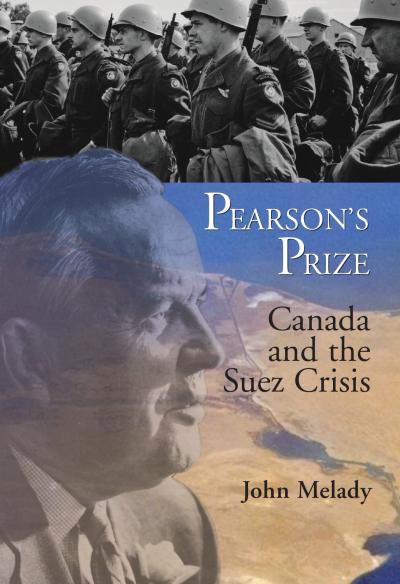
![]()
To read far beyond the Canadian perspective, the essential text remains SUEZ: Britain’s End of Empire in the Middle East (IB Tauris, 2nd edition) by Keith Kyle – the best general work on Suez. Finely balanced, rich in detail and telling anecdotes without ever losing sight of the big picture, superbly written, it’s hard to see how this will ever be superseded.
